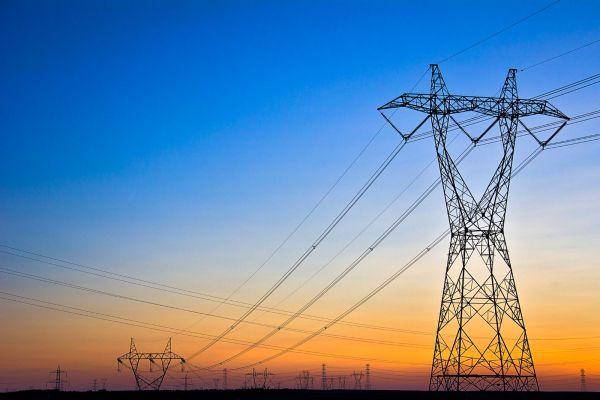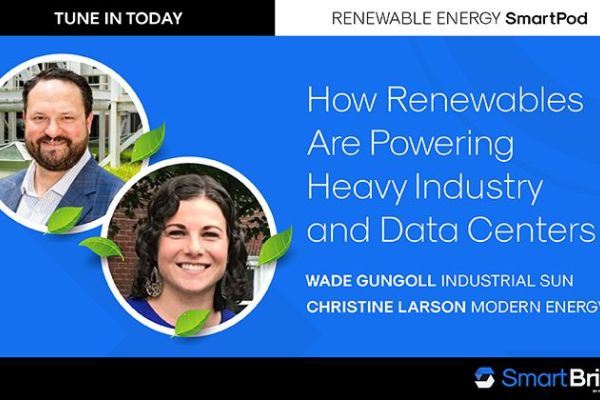Understanding ERCOT's 4CP Demand Charge
Insights
Dec 19, 2022
Written by Alexandra Williams

At their most basic, power bills for commercial and industrial customers comprise two major components: energy charges and demand charges.
- Energy charges: The energy portion of the bill is based on total consumption during the billing period, measured in megawatt-hours (MWh) for larger loads such as industrial facilities.
- Demand charges: The demand portion of the bill is based on your maximum short-term power draw during the defined period, similarly measured in megawatts (MW).
For many industrial customers, demand charges are a substantial component of the total power bill. That makes it crucial to understand what demand charges are, how they are calculated, and how to mitigate them.
In this article, we’ll take a closer look at 4CP charges in particular, which are a specific flavor of demand charge in the Texas ERCOT market.
A closer look at demand charges
‘Classic’ demand charges typically look at a customer’s peak short-term demand (such as across 15-, 30-, or 60-minute time blocks) within a broader window of time (such as a one-month billing cycle). They then assign a cost to those MW of demand, which is noted on each power bill.
Demand charges have been around for almost as long as utility billing. Their purpose has traditionally been “to recover most or all shared system capacity costs.” That’s because peak capacity was a major driver of transmission system improvements and expansions, and thus transmission system capital expense recovery.
In the modern era, demand has been getting peakier. Demand spikes are getting taller and steeper, ranging from California’s famous Duck Curve to successive cases of record-setting demand during summer heat waves in Texas. These newer trends only exacerbate familiar challenges with demand and demand charges.
Introducing ERCOT’s 4CP program
For the ERCOT market that comprises much of Texas, demand charges are captured in a tariff known as the Four Coincident Peak (4CP) program.
On the Texas grid, demand typically peaks during the summer months in association with heat waves and air conditioning use that strain the electricity system. In fact, in 2022 alone ERCOT broke its own record for peak demand more than 10 times, including well surpassing the estimated massive demand from 2021 Winter Storm Uri had the power not gone out.
The 4CP program is ERCOT’s response to the peak demand riddle. It is intended to fairly allocate costs, and also serves to send a price signal to industrial customers, who will naturally look for ways to mitigate that cost. But ERCOT’s 4CP program takes a unique approach to doing so, via its approach to calculating the associated demand charges.
Doing the math: how 4CP calculations work
Under the 4CP program for large loads, ERCOT looks at the peak overall electricity demand on the grid during four 15-minute intervals: one each across the summer months of June, July, August, and September.
Next, transmission costs are assigned to the state’s various transmission & distribution service providers (TDSPs) — including American Electric Power (AEP), Oncor, Centerpoint, and Texas-New Mexico Power (TNMP) — based on their share of the total ERCOT peak load.
The TDSPs recoup their respective transmission cost obligations through wires charges on all loads. The 4CP tariff structure is how TDSPs do that in particular for the two largest load classes: transmission service and primary service (the largest load type receiving power at the distribution level).
The final step in translating TDSP transmission costs into 4CP demand charges for industrial customers is running the math based on those facilities’ peak demand during the four 4CP windows. The resulting calculated 4CP charges are then distributed across a 12-month period as part of an industrial facility’s utility bill in the subsequent year.
In other words, ‘one synthetic hour’ (4 periods x 15 minutes per period = 60 minutes) of electricity demand over the course of 8,760 hours in a year drives a significant line item on industrials’ power bills. Their peak demand in 0.01% of the year can drive 30% or more of industrial power costs.
For example, Centerpoint customers paid $56.51/4CPkw, which is $56,510/MWh during the 4CP times. For a 50 MW industrial load, that becomes $2,825,500 for a single hour’s worth of power.
In the next article in this series, we’ll take a look at options industrials have for mitigating their 4CP demand charges.




